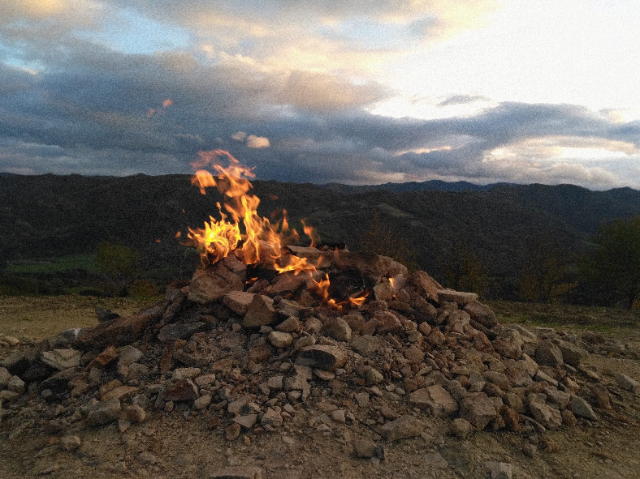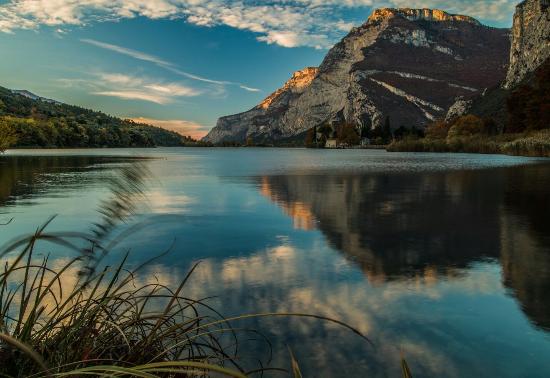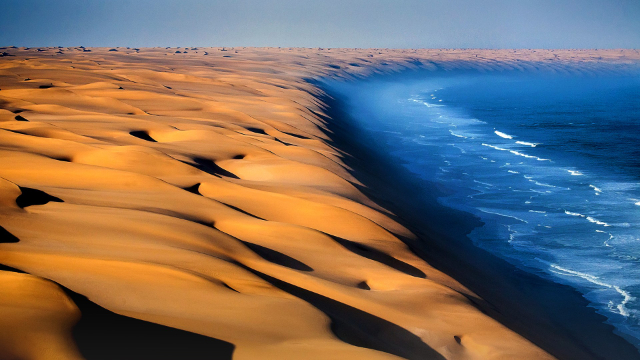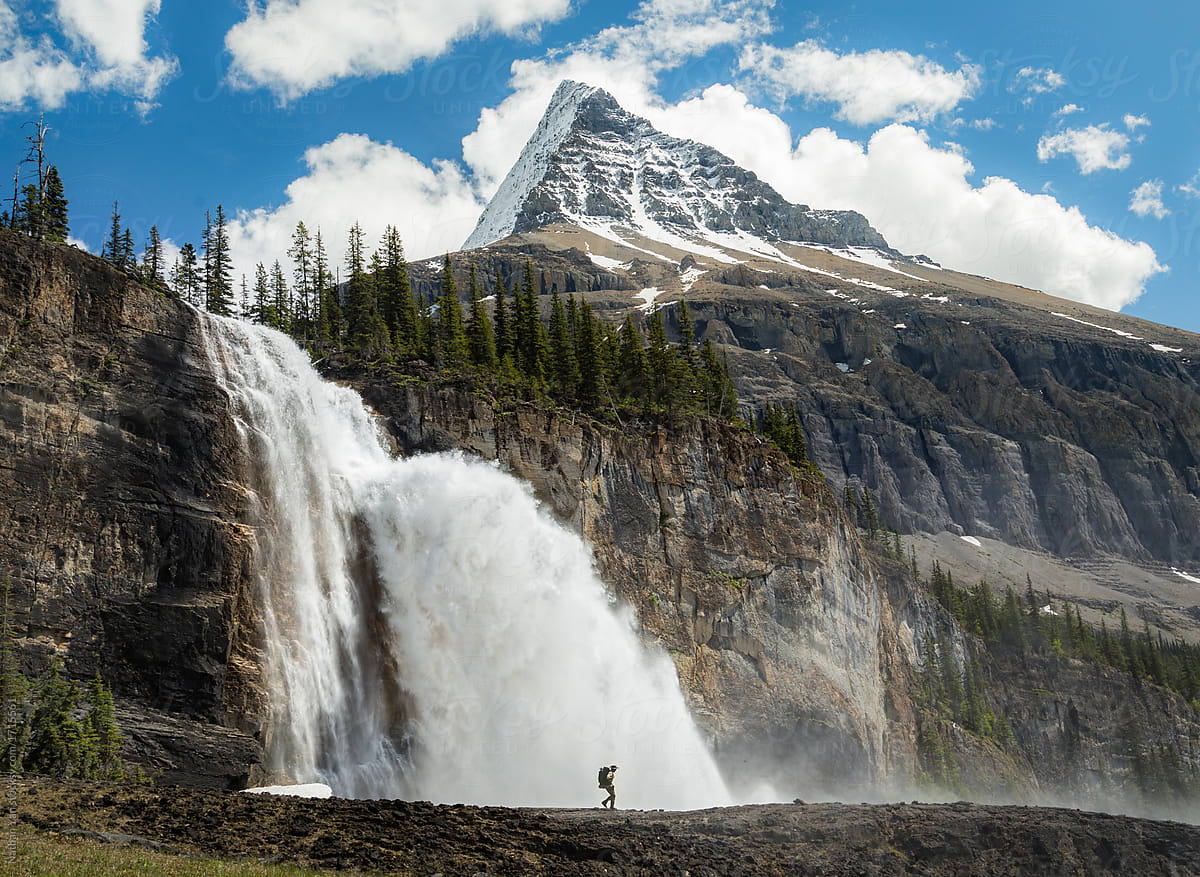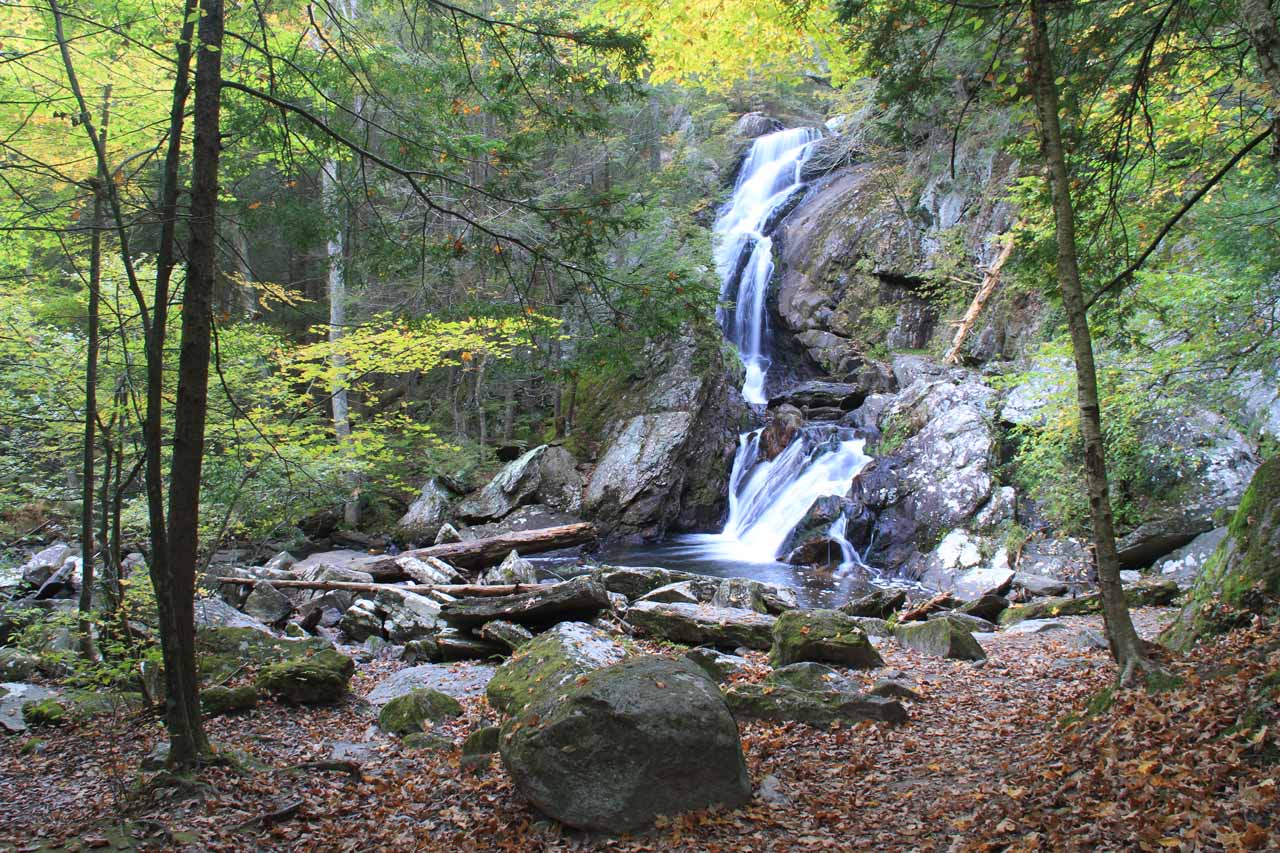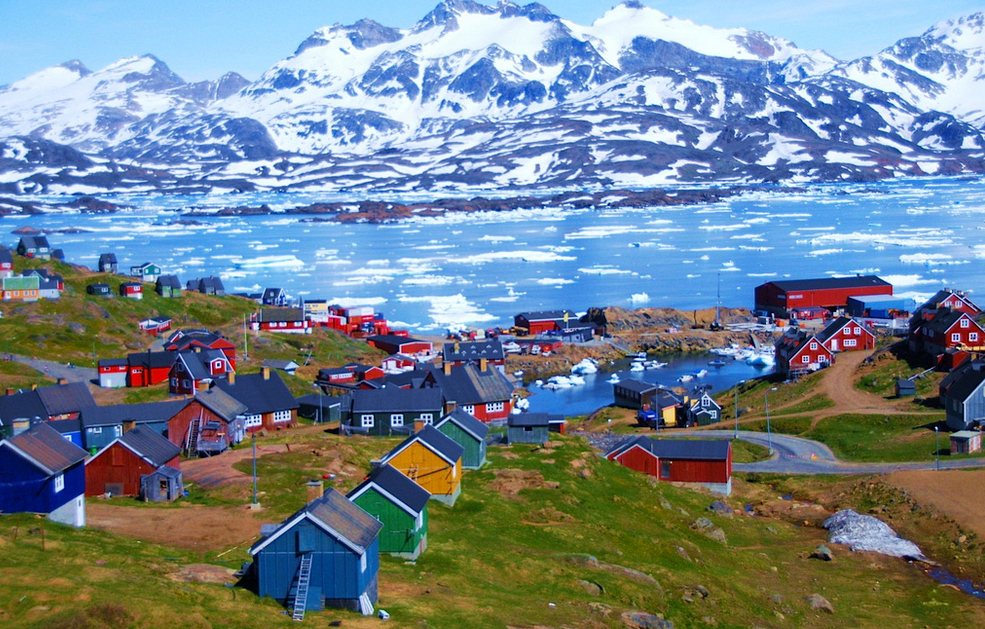During summer nights, especially in August and during the Perseids, Mount Busca becomes the ideal place to observe shooting stars. But that’s not all: Italy’s smallest volcano is also located there, a romantic attraction that attracts hundreds of nature-loving visitors. The municipalities of Tredozio and Portico vie for the volcano, but lovers of this natural beauty believe it is a World Heritage Site, even before UNESCO has officially declared it.During summer nights, the perimeter around the volcano is occupied by dozens and dozens of people, especially young people, attracted by the perennial fire that emerges from the ground at the top of a ridge, surrounded by fields, 50 meters from the provincial road of Mount Busca, geographically in the municipality of Tredozio, but with captative springs in the underlying forest in the municipality of Portico.Some young people from Romagna tell of coming up from a village in the Forlì area, together with their friends from Rome, to witness this magical spectacle of nature, which leaves everyone speechless. By day, however, families with children spread their blankets on the grass of the field, ready for a picnic.But where does the methane gas coming out of the earth come from? The first documented news about the volcano dates back to the eighteenth century, when the then Abbot General of Camaldoli, who taught physics at the University of Pisa, came to the site, studied the "spills of bituminous material," and wrote an account: ‘I Fuochi di Querciolano,’ named after the parish where the fires were located (municipality of Portico). When Italy came under sanctions in 1935, Agip on Benito Mussolini’s orders made soundings for gas extraction and began captures, so much so that the plant was inaugurated by the Duce on June 20, 1939, with high hopes of energy autarky. But in the summer-autumn of 1944, the Allies bombed the pipeline, which was located on the Gothic Line, and gas leaked into a field, forming the smallest volcano in Italy.Although the story is not as romantic as the fantasy, the fire leaking from the earth on summer nights at Mount Busca continues to fascinate visitors’ eyes, while Mount Falterona, lying atop the Apennines in the shape of an Egyptian mummy, watches from afar. On clear, clear days, the visitor’s eye pointed toward the plains and the Adriatic can glimpse the sea, the skyscraper of Cesenatico and the three fortresses of San Marino.
